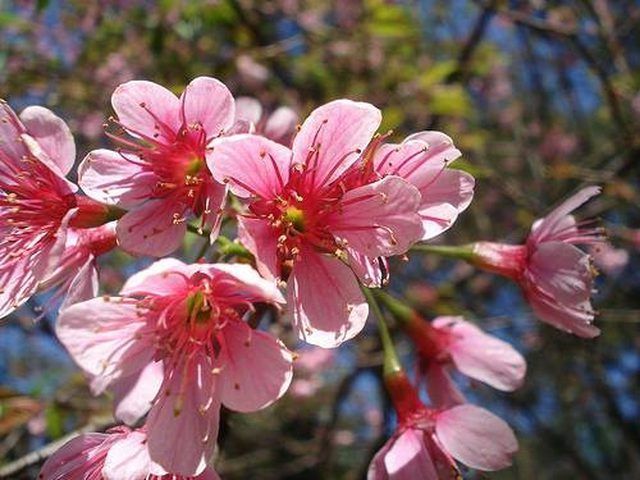Bulbs
Flower Basics
Flower Beds & Specialty Gardens
Flower Garden
Garden Furniture
Garden Gnomes
Garden Seeds
Garden Sheds
Garden Statues
Garden Tools & Supplies
Gardening Basics
Green & Organic
Groundcovers & Vines
Growing Annuals
Growing Basil
Growing Beans
Growing Berries
Growing Blueberries
Growing Cactus
Growing Corn
Growing Cotton
Growing Edibles
Growing Flowers
Growing Garlic
Growing Grapes
Growing Grass
Growing Herbs
Growing Jasmine
Growing Mint
Growing Mushrooms
Orchids
Growing Peanuts
Growing Perennials
Growing Plants
Growing Rosemary
Growing Roses
Growing Strawberries
Growing Sunflowers
Growing Thyme
Growing Tomatoes
Growing Tulips
Growing Vegetables
Herb Basics
Herb Garden
Indoor Growing
Landscaping Basics
Landscaping Patios
Landscaping Plants
Landscaping Shrubs
Landscaping Trees
Landscaping Walks & Pathways
Lawn Basics
Lawn Maintenance
Lawn Mowers
Lawn Ornaments
Lawn Planting
Lawn Tools
Outdoor Growing
Overall Landscape Planning
Pests, Weeds & Problems
Plant Basics
Rock Garden
Rose Garden
Shrubs
Soil
Specialty Gardens
Trees
Vegetable Garden
Yard Maintenance
How to Grow Stella Cherry Trees
How to Grow Stella Cherry Trees. Cherries are the first stone fruit tree to flower and fruit, welcoming the arrival of summer. The Stella cherry tree is self-pollinating, meaning it does not need other trees to bear fruit for it to flower. This compact tree grows 12 to 16 feet tall, making it ideal for smaller garden areas. In April, bright pink...

Cherries are the first stone fruit tree to flower and fruit, welcoming the arrival of summer. The Stella cherry tree is self-pollinating, meaning it does not need other trees to bear fruit for it to flower. This compact tree grows 12 to 16 feet tall, making it ideal for smaller garden areas. In April, bright pink blooms burst open, giving way to dark red fruit in July. Cherry trees produce bigger crops in areas that have frosty conditions.
Things You'll Need
Gardening soil with pH 6.2 to 6.8
Manure
Slow-release fertilizer
Stake
Choose a location that receives full sun all day. The Stella cherry tree does not do well if near a building or shade trees.
Till the garden area after the last frost, usually in early to late spring. Since cherry trees need well-drained soil it is important to check the drainage. Do this by digging a hole about 24 inches deep and pouring a bucket of water into it. If the water sits in the hole, you will need to enrich the soil with rotted animal manure and a quality potting soil with a pH of 6.2 to 6.8.
Dig a hole twice as big as the tree's root ball. Set the tree in the hole with the top of the root ball level with the ground surface. Fill in around the roots with soil and tamp down with your foot. Stake your new tree to avoid damage from winds.
Water your tree well after planting, soaking the soil with a slow trickle for one to two hours. It is better to water deeply with a soaker hose than to water quickly and more shallow. Keep your cherry tree watered well especially in hotter temperatures. The soil should be dry down to about 3 inches before watering. Do not overwater to avoid root rot.
Apply a slow-release fertilizer after planting and in early spring every year. Use a fertilizer designed for fruit trees with a high nitrogen level (the first number on the container). Spread the fertilizer around the outer diameter of the tree, being careful not to touch the trunk.
Apply a layer of organic mulch under the tree. This keeps weeds under control and helps the soil stay cool while retaining moisture.
Prune your cherry tree in late summer after it is finished producing fruit. Cut off dead or damaged limbs and create a vase shape by cutting out limbs in the middle. This allows for better air circulation in the center of the tree. After cutting the limbs apply a pruning paste to avoid disease and pests from entering the cut site. Pruning paste is available at local gardening stores.